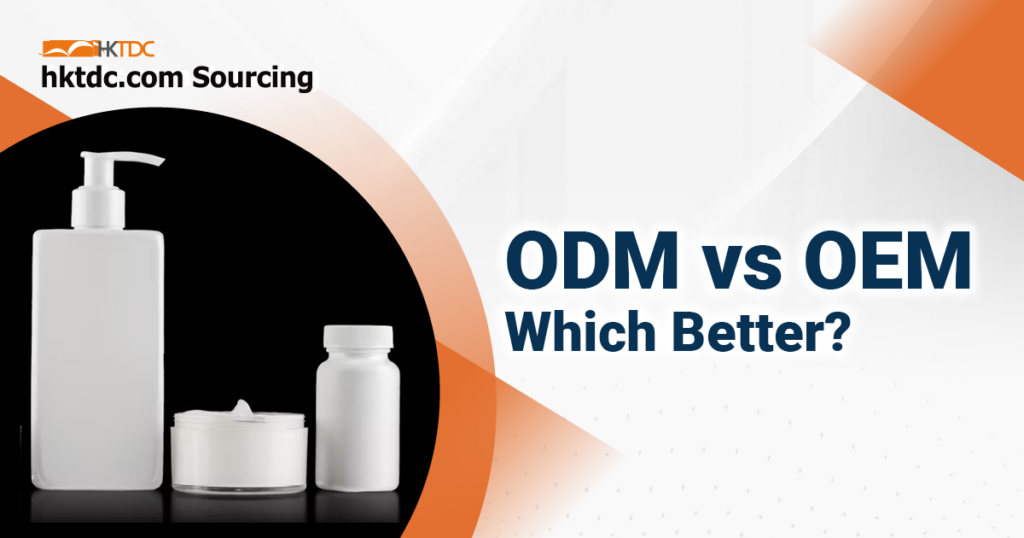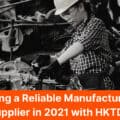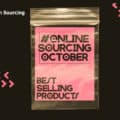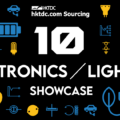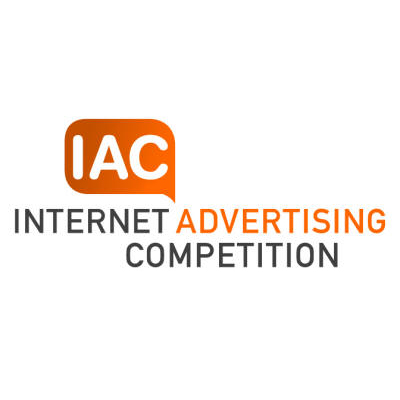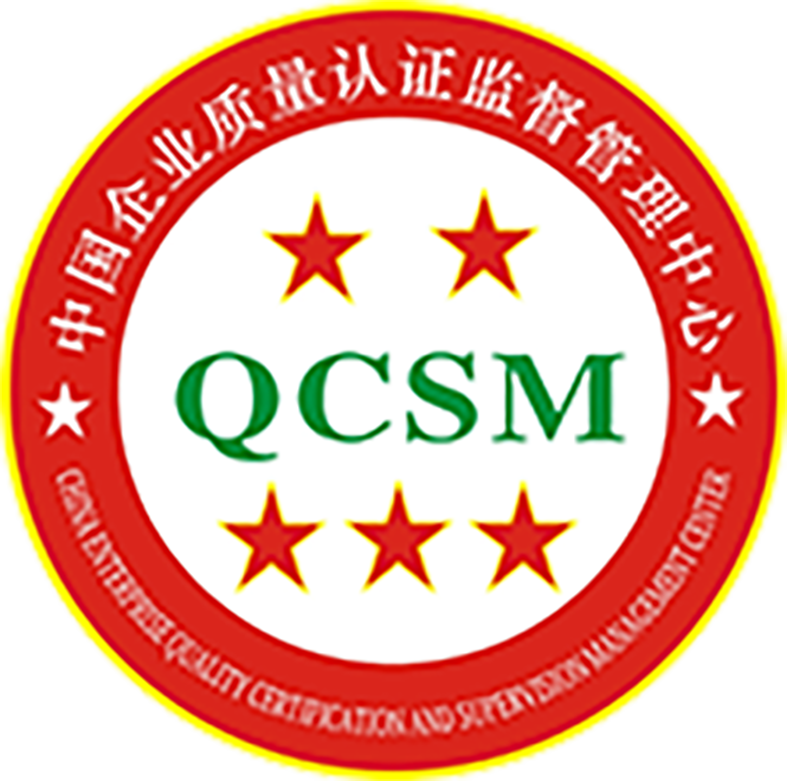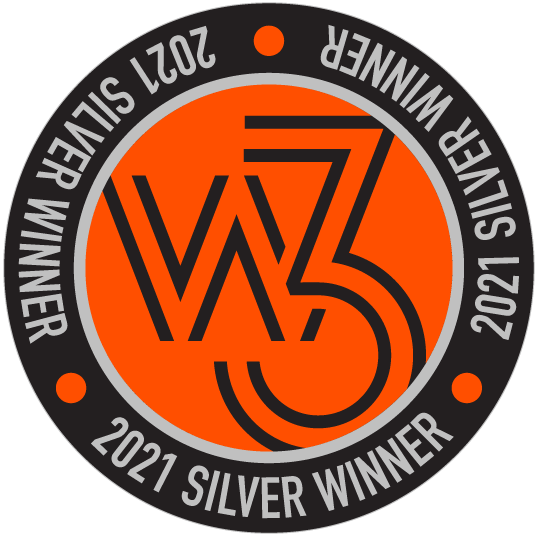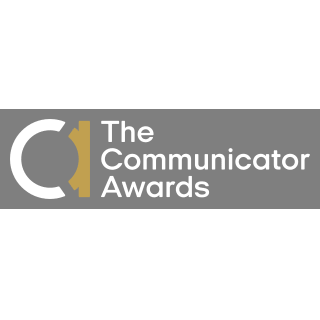One of the biggest decisions brands face is whether to use off the shelf products or to invest in product development. In this article originally published by Sourci, we will break down the pros and cons of both approaches to help you make an informed decision.
What's the Difference?
Off the shelf products (ODMs) are ones where your factory already uses set specifications to make the product. In this instance, you have limited customisation options available – usually in the form of adding a logo or changing the colour of a component. They probably also have existing stock ready to sell. Your supplier will usually have a catalogue of off the shelf products you can choose from.
On the other hand, product development (OEMs) refers to the process of designing, creating, and manufacturing new products. This process typically requires specifications drawn up and tech packs created for your unique product.

ODM (Off-the-Shelf Products): Advantages and Disadvantages
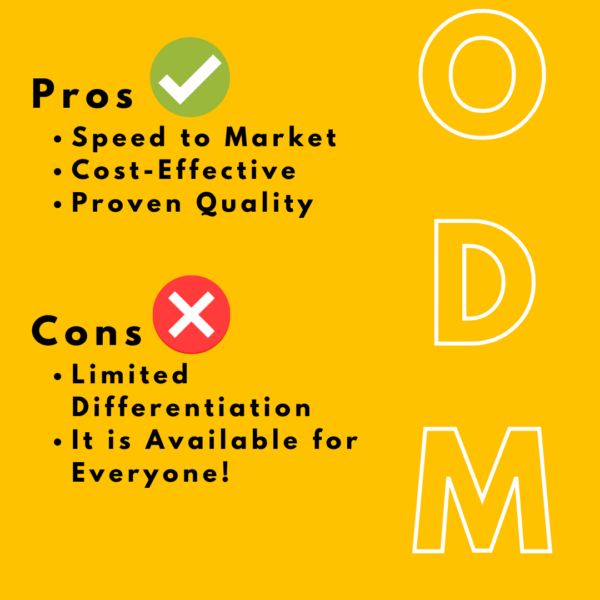
Pros
| Cons
|
Taking the ODM product route is a viable option with plenty of advantages, but it has drawbacks that are inevitable when dealing with a universally available, pre-designed product. Whether or not off the shelf products are the ideal approach for your brand is dependent on your goals. If you’d like to get to market quickly with a reliable product that needs minimal customisation, ODM could be the right choice for you.
OEM (Product Development): Advantages and Disadvantages
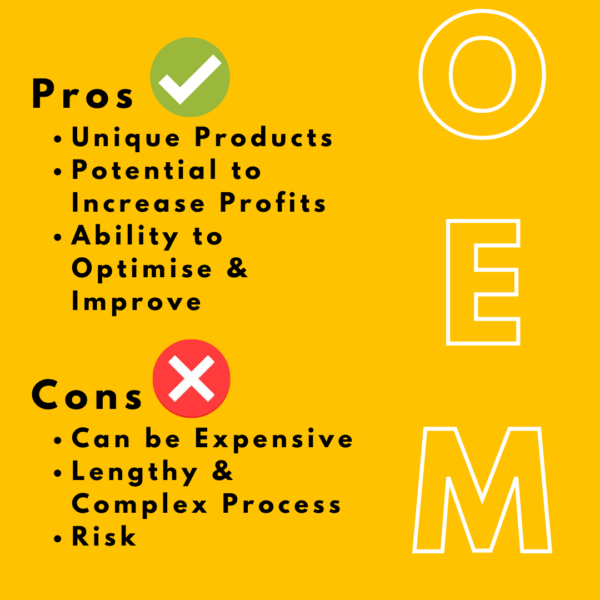
Pros
| Cons
|
The significant advantage of OEMs is that you have complete control over the design of your product. Developing your own products can be a great way to set yourself apart from the competition and build an identity as an innovative brand.
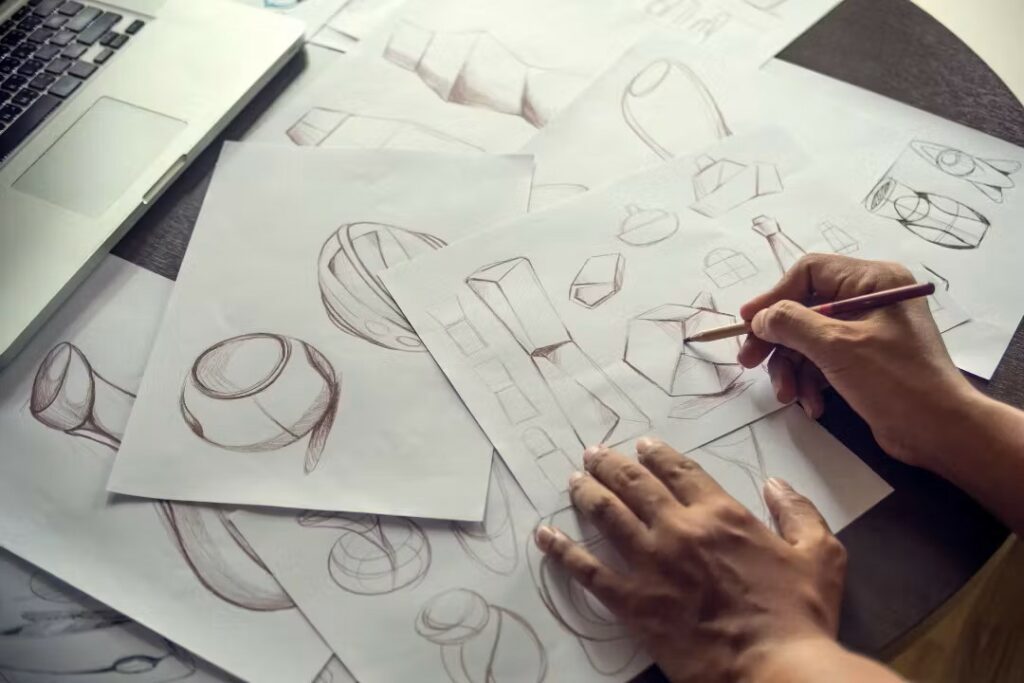
Summary
The choice between off the shelf products and product development depends on the specific needs and goals of your business. Off the shelf products are a great option if you need to get to market quickly and don’t require a lot of customization beyond adding your logo or changing the colour. However, product development can be a better choice for businesses that are looking to create innovative products that are different to what’s already offered in the market. Ultimately, it’s important to weigh up the pros and cons of each option, and to choose the path that will best serve what you’re trying to achieve and what’s important to your brand’s success.
Sourci helps e-commerce brands, and retailers scale rapidly, build innovatively and grow holistically. Their mission is to provide a value-driven sourcing process to clients and help them connect with world-class manufacturers and suppliers. Sourci is built on the foundation of being fully transparent and providing a safe and stress-free environment for global trade.
Whether you are looking for ODM or OEM products, we have an array of quality choices at hktdc.com Sourcing. Click through below banner to explore:
Subscribe to NewsBites and stay updated on the latest business trends and news.


